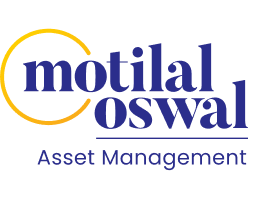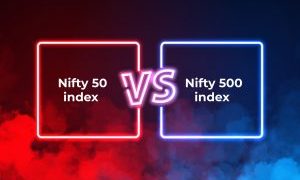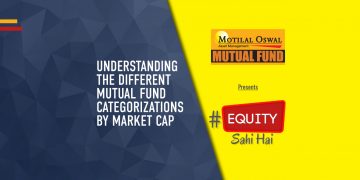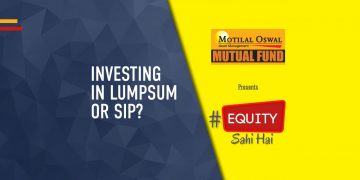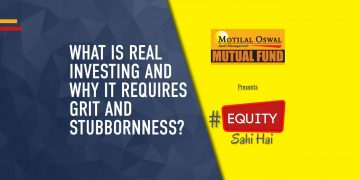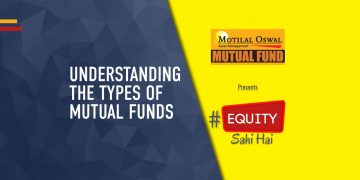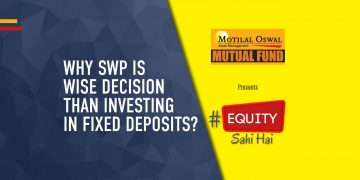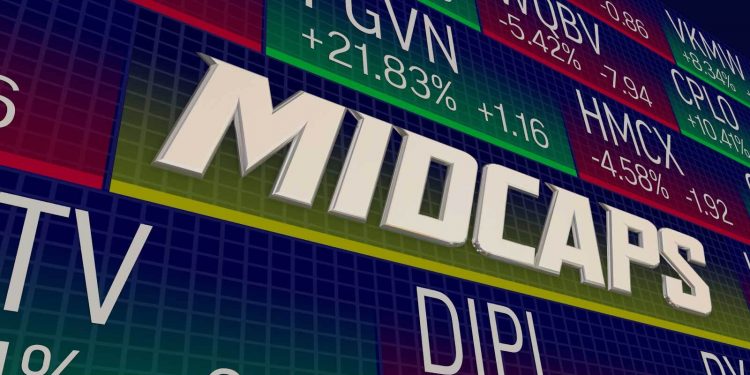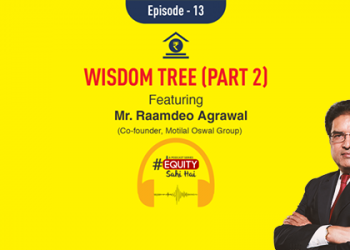If you’ve ever doubted the popularity of mutual funds, simply look at the sheer volume of content that exists on this subject! Whether you want to know about the top-performing schemes or the most consistent fund managers, it is all available.
While this popularity is certainly a beneficial outcome, there is one caveat — the problem of plenty. In the midst of all this information, it can be hard to find a complete guide on the basics of mutual fund investments. In this blog, we are going to cover everything about mid cap funds, including the benefits and the risks. Keep reading to find out What is mid cap fund and more.
Understanding mid cap fund
Mid cap funds, as the name suggests, are mutual funds that invest at least 65% of their fund corpus in companies with a medium market capitalisation.
What exactly does this mean?
Well, market capitalisation refers to the total value of a company’s outstanding shares and is calculated by multiplying the company’s share price by the number of shares outstanding. If you rank all the companies in decreasing order of their market capitalisation, all companies in the 101-250 range are classified as mid-cap companies.
Mid cap funds aim to strike a balance between the growth potential of small cap stocks and the stability of large cap stocks. They invest in companies that have shown promising growth potential but may not have reached the size and stability of their large cap counterparts.
What is Mid Cap Fund?
Mid Cap fund is a type of mutual fund or exchange-traded fund (ETF) that focuses on investing in companies with medium market capitalizations. Market capitalization refers to the total value of a company’s outstanding shares of stock, calculated by multiplying the current stock price by the total number of shares.
Benefits of mid cap mutual funds
1. Growth potential
Mid cap companies are still growing. They expand fast and may achieve greater market recognition. Their stock prices may also experience substantial growth.
2. Diversification
Generally, people tend to start their mutual fund investments with large caps or even multi cap funds. A mid cap fund can be a good diversification in your portfolio. Adding some proportion of mid cap mutual funds can help you reduce the overall volatility of your portfolio.
3. Active management
A mid cap fund is actively managed by experienced fund managers who specialise in identifying companies with growth potential. In fact, fund houses employ entire teams to conduct in-depth research, analyse financial data and actively monitor the performance of the portfolio companies.
What are the risks of mid cap mutual funds
1. Market volatility
Mid cap stocks tend to be more volatile than large cap stocks.
Now, just to clarify, volatility is not necessarily a bad thing. It simply indicates the fact that these funds are more susceptible to changes in the market. They are more reactive, and prone to fast movements.
But these movements are reactive in nature. This means, if the market does well, a mid cap fund will react favorably to it. On the flip side, if the market falls, mid caps will follow it right down. You must be prepared to tolerate short-term fluctuations in the pursuit of long-term gains.
2. Business risk
Mid cap companies are still in the growth phase. They have not yet reached their pinnacle or realised the true extent of their potential.
But what if they don’t reach this potential?
After all, a lot can go wrong. Say, if something as catastrophic as the COVID-19 pandemic hits us out of the blue, will mid caps be able to weather that storm? Or will they succumb and fold in the face of adversity?
Like all other companies, mid caps, too, may face specific risks associated with their industry, competition and management. These risks can impact the financial performance and stock prices of mid cap companies.
In extreme situations, they can even go bankrupt. The effects of the COVID-19 lockdown forced 283 companies to declare bankruptcy.
How to invest in a mid cap fund ?
1. Set your investment goals
Before investing, it is crucial to define your investment goals. Determine your risk tolerance, investment horizon and the purpose of your investment. Look for funds that align with your investment goals and objectives. You can compare its performance with relevant benchmarks and peers. Look for consistent performance over the long term rather than focusing solely on short-term returns.
2. Complete your KYC
This is a one-time process where you register all your information with SEBI as an investor. You’ll need to provide your identity documents and an address proof to complete this. There may also be some additional documentation requirements depending on the situation.
3. Start investing
You can consider investing in through a SIP. It allows you to invest a fixed amount regularly at predefined intervals. This means, you can start investing even with a very small amount. Alternatively, you can also go for a lump sum investment.
To conclude, do remember that investing in a mid cap fund comes with risks. As with any investment, thorough research and due diligence are essential. You should consider the associated risks and align your investments with personal financial goals. With the right approach and a long-term perspective, mid cap funds can be a useful tool for wealth creation.
Disclaimer: This blog has been issued on the basis of internal data, publicly available information and other sources believed to be reliable. The information contained in this document is for general purposes only and not a complete disclosure of every material fact. The information/data herein alone is not sufficient and shouldn’t be used for the development or implementation of an investment strategy. It should not be construed as investment advice to any party. All opinions, figures, estimates and data included in this blog are as on date. The blog does not warrant the completeness or accuracy of the information and disclaims all liabilities, losses and damages arising out of the use of this information. The statements contained herein may include statements of future expectations and other forward-looking statements that are based on our current views and assumptions and involve known and unknown risks and uncertainties that could cause actual results, performance or events to differ materially from those expressed or implied in such statements. Readers shall be fully responsible/liable for any decision taken on the basis of this article.
Mutual Fund investments are subject to market risks, read all scheme related documents carefully.
